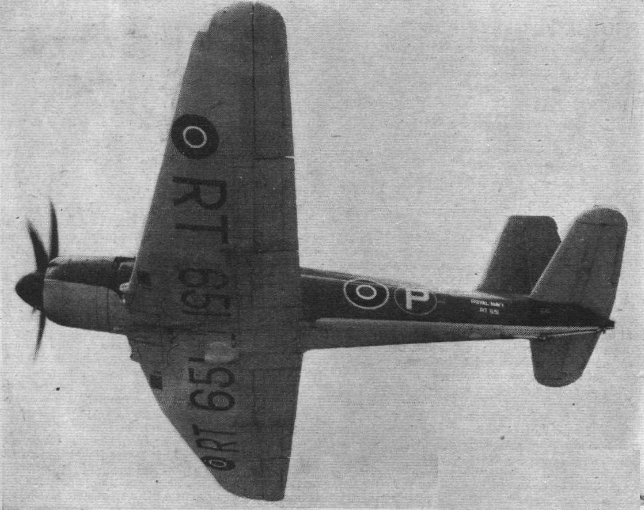Geoffrey Sinclair
Staff Sergeant
- 1,095
- Sep 30, 2021
From Norman Friedman,
The propeller for the centre shaft of Illustrious had been removed before the ship was hit by a Kamikaze. It was operating on two shafts, top speed around 25 knots and at 19 knots significant vibration started. The shaft had been distorted in the January 1941 attacks. The flight deck armouring was the area between the two lifts. Apart from the hits there were a number of near misses causing damage to the hull, First attack,
1) 1,000 lb bomb on S.2 pom pom mounting
2) 1,000 pound bomb through the front flight deck, exited then exploded 10 feet above the water
3) 1,000 pound bomb through the after lift, which was on the way up with a fighter, exploded 10 to 20 feet below the lift platform. The fighter and its pilot simply vanished.
4) 1,000 pound bomb passed through the armoured flight deck, burst 10 feet above the hangar deck.
5) 500 pound bomb hit the edge of the after lift.
6) 1,000 pound bomb went through P.1 pom pom, hit the armour belt, failed to explode but did start a fire.
7) 1,000 pound bomb near miss starboard side aft
8) (Second attack, later that day) 500 pound bomb down the remnants of the after lift.
9) (6 days later in Malta) several near misses then a 1,000 pound bomb through the aft flight deck, exploding 13 feet below the Captain's day cabin.
10) (Also at Malta) several more near misses then a 1,000 pound bomb very near miss port side, opening up the plating, causing immediate 5 degree list to port, shock effects cracked the port turbine feet and caused other machinery damage.
All up 83 men killed. Left Malta 2 weeks after the first attack, doing 24 knots, to Alexandria for a while then to the US, arriving in May and leaving in November.
"The centreline shaft was repaired but it was never satisfactory, and it later caused severe vibration when run at high speed. The gland packing of the centre shaft deteriorated so badly that the centre propeller was actually removed before the Okinawa operation"
The propeller for the centre shaft of Illustrious had been removed before the ship was hit by a Kamikaze. It was operating on two shafts, top speed around 25 knots and at 19 knots significant vibration started. The shaft had been distorted in the January 1941 attacks. The flight deck armouring was the area between the two lifts. Apart from the hits there were a number of near misses causing damage to the hull, First attack,
1) 1,000 lb bomb on S.2 pom pom mounting
2) 1,000 pound bomb through the front flight deck, exited then exploded 10 feet above the water
3) 1,000 pound bomb through the after lift, which was on the way up with a fighter, exploded 10 to 20 feet below the lift platform. The fighter and its pilot simply vanished.
4) 1,000 pound bomb passed through the armoured flight deck, burst 10 feet above the hangar deck.
5) 500 pound bomb hit the edge of the after lift.
6) 1,000 pound bomb went through P.1 pom pom, hit the armour belt, failed to explode but did start a fire.
7) 1,000 pound bomb near miss starboard side aft
8) (Second attack, later that day) 500 pound bomb down the remnants of the after lift.
9) (6 days later in Malta) several near misses then a 1,000 pound bomb through the aft flight deck, exploding 13 feet below the Captain's day cabin.
10) (Also at Malta) several more near misses then a 1,000 pound bomb very near miss port side, opening up the plating, causing immediate 5 degree list to port, shock effects cracked the port turbine feet and caused other machinery damage.
All up 83 men killed. Left Malta 2 weeks after the first attack, doing 24 knots, to Alexandria for a while then to the US, arriving in May and leaving in November.
"The centreline shaft was repaired but it was never satisfactory, and it later caused severe vibration when run at high speed. The gland packing of the centre shaft deteriorated so badly that the centre propeller was actually removed before the Okinawa operation"


